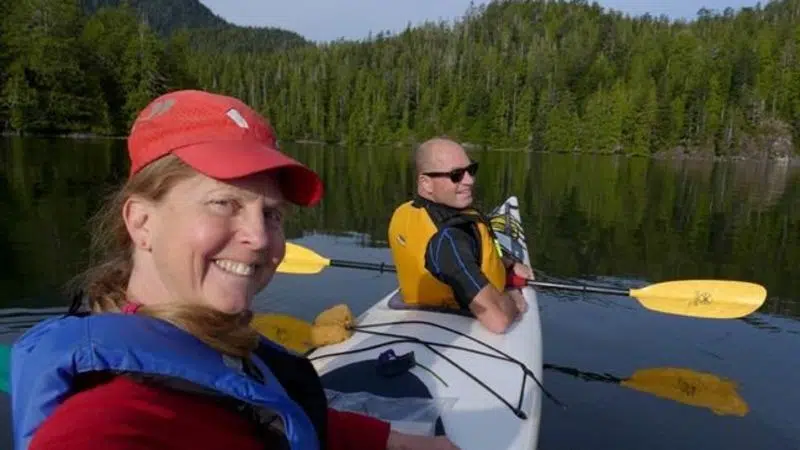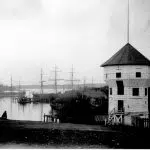
West Coast voyage explores remote sites visited by Spanish explorers in 1770s
VICTORIA — Two British Columbia kayakers are set to depart from a remote Vancouver Island beach known as Rugged Point on Sunday for a month-long voyage retracing the passage Spanish explorers took in the late 1700s.
Jacqueline Windh, a fellow of the Royal Canadian Geographical Society, and her husband, Dave Gilbert, plan to hike and kayak the now virtually uninhabited outer coastal areas of Vancouver Island.
Most Canadians are aware of Canada’s British and French colonial history, but the Spanish connections aren’t as well-known despite many West Coast islands, communities and waterways bearing Spanish names, said Windh.


